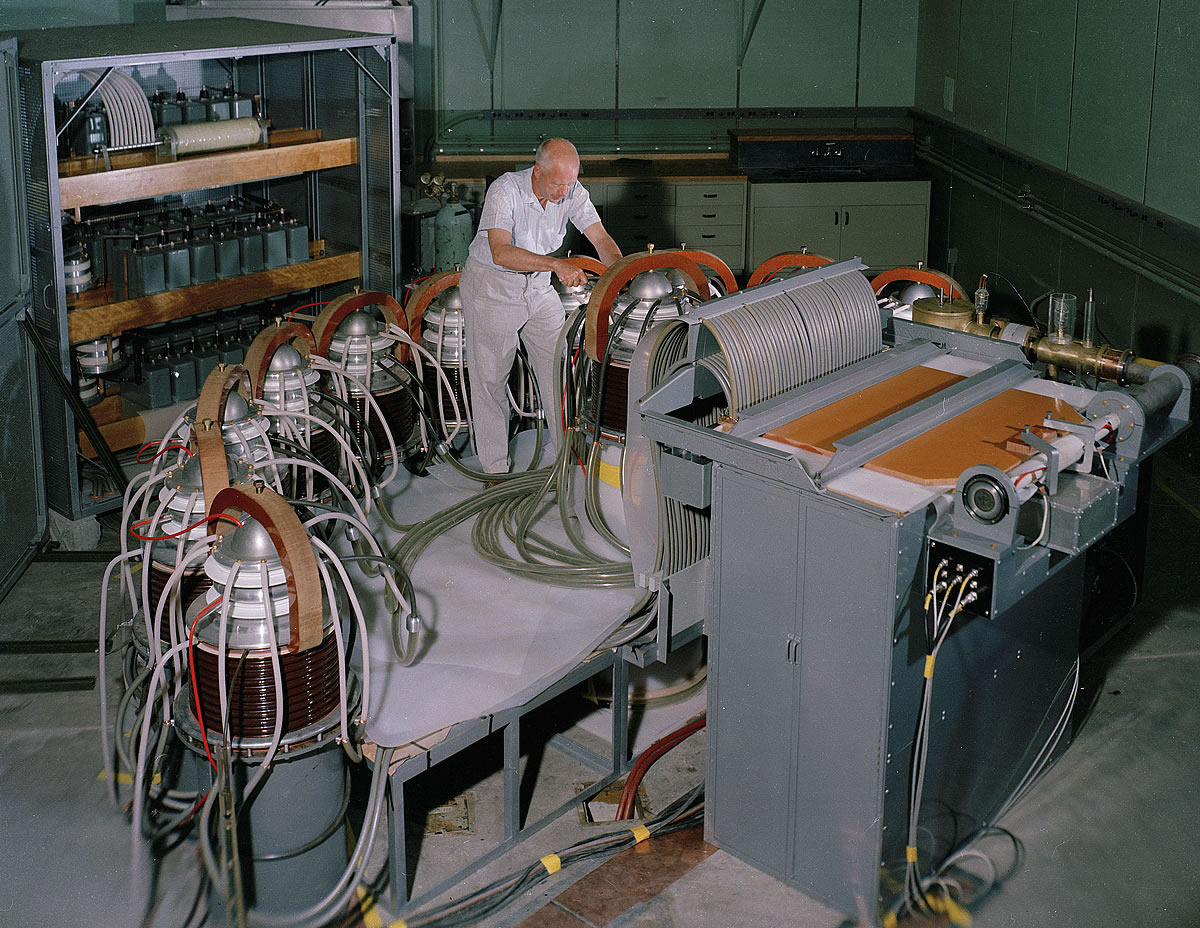Imagine telling an AI, “Design me a cozy Scandinavian reading nook in a 4m × 5m room, with natural light, a bookshelf, and a comfy armchair.” Minutes later, you have a fully optimized layout: chair, side table, lamp, shelf, rug—all placed with ergonomic spacing, aesthetic cohesion, and ease of movement. Discover how LLMs like FlairGPT are revolutionizing interior design—using structured prompts and optimization to generate layouts and stylish object placement
This is not fantasy. In 2025, large language models (LLMs) have evolved into design collaborators. Among the leaders is FlairGPT, unveiled in early 2025. It demonstrates how we can harness LLMs to function as interior designers—providing object lists, layout constraints, and even visual-ready placement data for physical or virtual use.
In this blog, we explore:
- The science behind FlairGPT’s design logic
- How LLMs create functional layouts from simple text prompts
- Key metrics and comparisons to human-generated designs
- Use cases in architecture, e-commerce, gaming, and AR
Let’s step into the future of interiors—where creativity meets computational power.
Why Use FlairGPT LLMs for Interior Design?
Traditional AI tools used rigid logic: they worked best in narrowly defined room types and often failed in personalization or layout nuance.
LLMs, trained on billions of words, understand design contextually. They read between the lines of a prompt like:
- “Relaxed Boho layout for a small studio apartment”
- “Open-concept kitchen with child-safe spacing”
- “Modern, professional home office with minimalism and good lighting”
FlairGPT uses this comprehension to structure logical design output—not just stylistic language.
FlairGPT’s Three-Stage Workflow
FlairGPT operates on a three-part workflow that separates abstract reasoning from precise layout solving.
Language Interpretation
Given a prompt (e.g., “design a small bedroom with Zen elements”), the LLM outputs:
- Core zones: sleep, reflection, storage
- Primary objects: bed, low dresser
- Secondary objects: floor cushions, small altar
- Constraints: 60cm clearance for circulation, visual symmetry, minimalism
Constraint Translation
These ideas are then structured as:
- Object dimensions (bed = 2m x 1.4m)
- Spacing rules (bed 40cm from wall)
- Placement priorities (window-facing desk)
This becomes a symbolic rule graph ready for spatial solvers.
Optimization Engine
Using linear programming or heuristic layout engines, FlairGPT finds a layout that satisfies:
- No object overlap
- Maximum walkability
- Balanced symmetry/asymmetry
This hybrid LLM + solver method significantly outperforms pure text-based layout attempts.
Metrics: How LLMs like FlairGPT Performs
In tests against human designers and control LLMs, FlairGPT showed:
- >95% constraint satisfaction
- Faster layout generation (2.4 seconds avg vs. 15-30 minutes manually)
- User preference rate: 45% FlairGPT vs 55% human (very close)
Participants especially liked FlairGPT’s:
- Balance of functional zones
- Uncluttered traffic paths
- Aesthetic consistency with prompt style
These results suggest FlairGPT isn’t just faster—it’s competitive.
Where FlairGPT Is Already Making an Impact
Real Estate & Virtual Staging
Listings can now include 5-6 AI-generated design variants per room in seconds. FlairGPT helps agents tailor designs to different demographics (e.g., “young couple,” “single professional,” “artist studio”).
Online Furniture Retail
IKEA, Wayfair, and others are exploring LLM-assisted layouts to personalize recommendations. A customer uploads a photo or dimensions, selects a style, and FlairGPT proposes fitting layouts with SKUs.
Architecture and Pre-Design
Early-stage architects use FlairGPT to generate functional zoning options for multifamily units, tiny homes, and container layouts—compressing weeks of mockup time.
Game Development
Developers use FlairGPT to auto-generate realistic interiors across 1000s of assets. Example: procedurally populating apartment towers in open-world games.
AR/VR Commerce
Apple Vision Pro and Meta Quest apps are integrating voice-based layout generation. FlairGPT’s output can be rendered live in 3D.
Related Research in AI Design
- I-Design (April 2024): Multi-agent LLMs that reason together to refine furniture layouts. Emphasis on abstract zoning.
- OptiScene (June 2025): Fine-tuned transformer with >17,000 synthetic layouts. Uses preference learning to tailor placements.
- Chat2Layout: Allows iterative prompts like “rotate the couch,” “add rug under table” with LLMs tracking object state.
FlairGPT stands out by offering both conceptual intelligence and constraint-based accuracy.
Benefits & Limitations
Benefits
- Customizability: Prompt can be as broad or detailed as user needs
- Speed: Designs in seconds
- Cost-saving: No expensive mockups needed
- Flexibility: Supports multiple layout scenarios instantly
Limitations
- Scaling hallucinations: Sometimes under- or overestimates room size
- Cultural taste: May lack nuance in hyper-specific aesthetics
- Solver dependence: Poor constraint logic yields impractical output
The best approach? Keep humans in the loop for final refinement.
The Procurement Lens: Insight from Mattias Knutsson
Mattias Knutsson, a seasoned global procurement and development strategist, shares:
“Tools like FlairGPT are not just design aids—they create opportunities for predictive sourcing. If design outputs are structured and standardized, then procurement can plan inventory and vendor timelines much more precisely.”
Knutsson’s perspective reinforces the bridge between design intent and execution. Structured AI output helps ensure that aesthetics align with operational feasibility.
What’s Next: Vision for 2026 and Beyond
- Conversational editing: FlairGPT with memory, enabling walk-through edits.
- Live AR overlays: Drop AI furniture previews into real spaces.
- Style learning: Upload a moodboard and train FlairGPT to match it.
- Integration with logistics: Auto-generate layouts from available SKUs in stock.
These will make FlairGPT an everyday utility—from renters to developers to product managers.
Conclusion:
The future of design is not machine vs. human. It is machine with human, where AI amplifies vision, solves logistics, and invites new levels of creativity.
FlairGPT is not here to replace interior designers. It exists to empower them—and democratize design access for those who could never afford it before.
From layout suggestion to procurement planning, FlairGPT brings structure to inspiration.
It turns your ideas into living spaces—literally.
As language models continue to evolve, so too will our homes, offices, games, and experiences. They will be more personalized, more optimized, and more alive. Because when you design with AI, you design with possibility.





